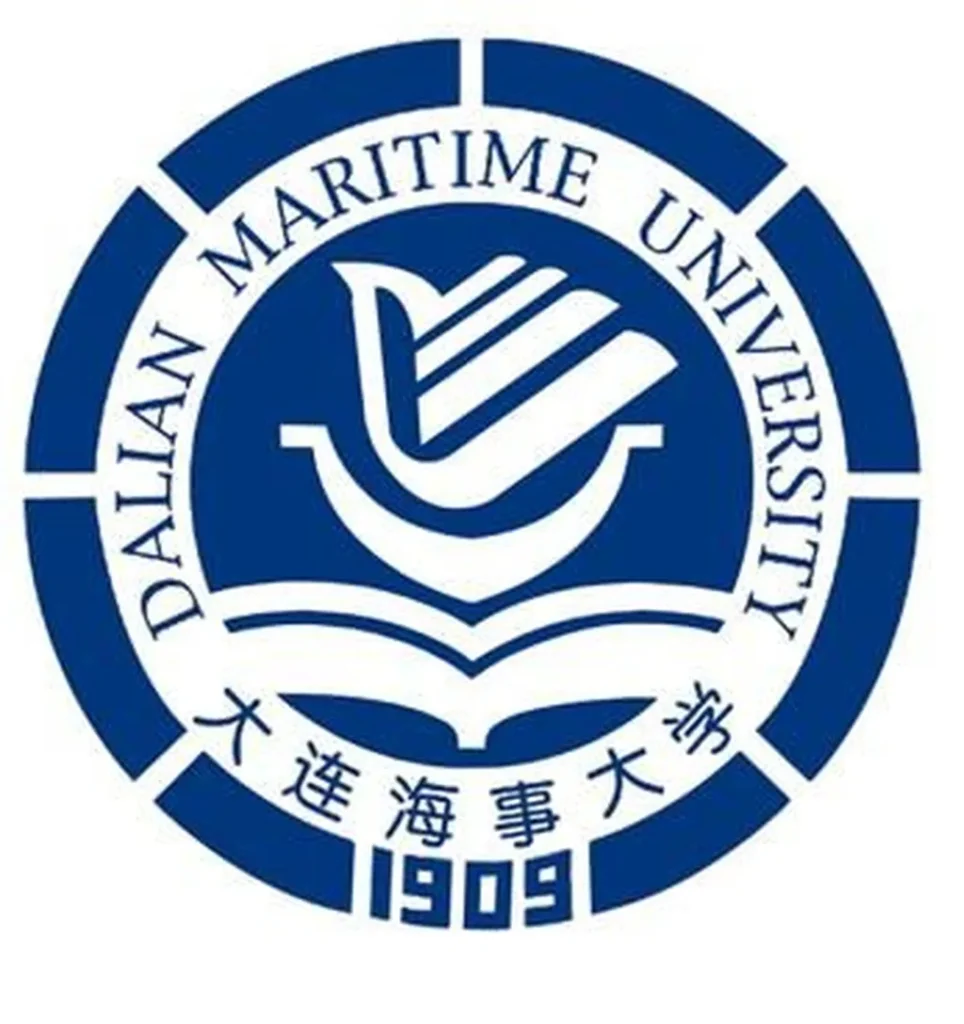In the vast ocean of mathematical physics, a new wave of understanding has emerged, thanks to the work of Mujahid Iqbal from the College of Information Science and Technology at Dalian Maritime University. Iqbal, along with his team, has been diving deep into the nonlinear integrable Akbota equation, a complex mathematical model with significant implications for various fields, including maritime and ocean engineering.
The Akbota equation, also known as the nonlinear integrable Akbota equation (NLIAE), is a mathematical model that describes the behavior of waves and other phenomena in various physical systems. It’s a bit like a recipe that helps scientists understand and predict how waves behave in different conditions. Iqbal and his team have been using a method called the auxiliary equation method (AEM) to find new types of solutions to this equation, known as soliton solutions. These solutions represent unique, stable wave patterns that maintain their shape and speed even after colliding with other waves.
So, what does this mean for the maritime world? Well, understanding wave dynamics is crucial for a variety of applications, from predicting ocean wave behavior for safer navigation to designing more efficient offshore structures. The soliton solutions found by Iqbal and his team could potentially lead to better models for wave prediction, helping mariners anticipate and navigate through challenging sea conditions more safely and efficiently.
Moreover, these findings could also have implications for optical communications, a field that’s increasingly important for maritime operations. Optical solitons, which are stable pulses of light that maintain their shape as they travel along optical fibers, could benefit from the new solutions found in this study. This could lead to more reliable and faster communication systems for ships at sea.
Iqbal explains, “The obtained soliton solutions exhibit unique, interesting, and diverse physical structures in the context of solitons, solitary, and traveling waves.” This diversity could open up new avenues for understanding and harnessing wave dynamics in various maritime applications.
The team’s research also highlights the effectiveness of the AEM in finding these solutions. Iqbal notes, “The findings demonstrate that the AEM is not only effective and straightforward but also an efficient tool for obtaining soliton solutions of various integrable equations.” This could pave the way for more advanced and efficient mathematical tools in the field of nonlinear wave dynamics.
The study, published in the journal Scientific Reports, is a significant step forward in our understanding of wave dynamics. As we continue to explore and harness the power of the oceans, the insights gained from this research could prove invaluable. From safer navigation to more efficient communication systems, the maritime industry stands to benefit greatly from these new findings.
In the ever-changing sea of scientific discovery, Iqbal’s work serves as a beacon, guiding us towards a deeper understanding of the waves that shape our world. As we continue to sail these waters, the insights gained from this research could help us navigate the challenges and opportunities that lie ahead.

